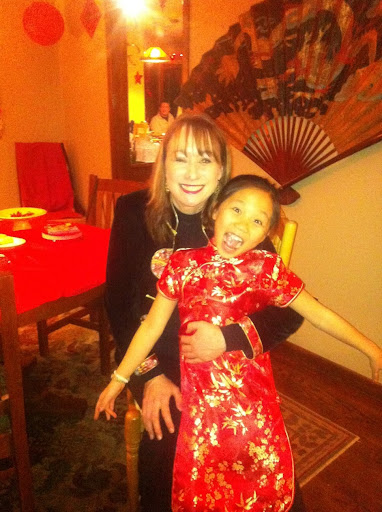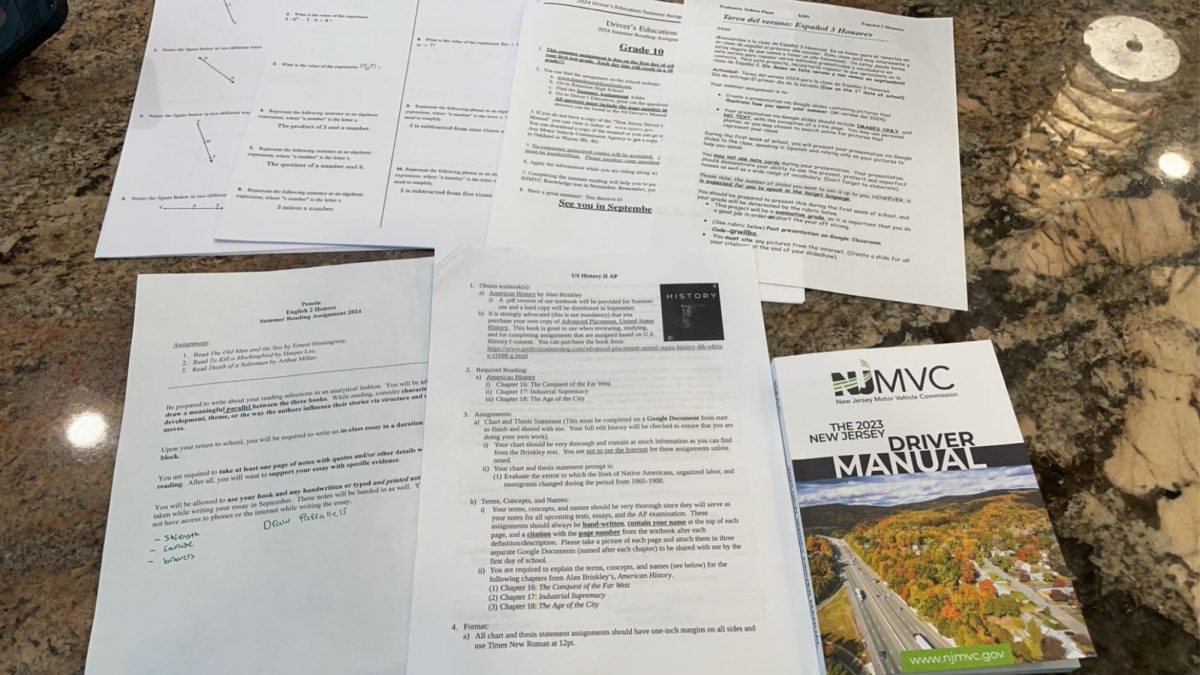
Adviser’s Note: The views, thoughts, and opinions expressed in this opinion article belong solely to the author and do not reflect the view of The Colt Chronicle Staff, Kinnelon High School, or its students and staff members.
With today’s rise in popularity of Asian fashion trends, media, and cuisine, there is no question that Asian cultures are being very widely appreciated by American society. It has become trendy to enjoy eating ramen, watching anime or shows like Squid Game, listen to k-pop, and adopt ideas from Asian fashion niches into one’s wardrobe, from Chinese streetwear to Japanese subcultures like lolita and gyaru.
While today’s celebration of Asian cultures, particularly in the younger generations, can be affirming in many ways as an Asian-American, there are still some negative consequences to today’s focus on Asian trends: primarily how certain trends feed into harmful stereotypes directed towards Asian people, particularly Asian women and fem-presenting people.
Around the turn of the 21st century, anime reached mainstream popularity in the U.S. Shows like Naruto, Dragon Ball Z, Sailor Moon, and Pokémon gained large fandoms. From then on, anime became a well-known form of entertainment in American society. However, this also brought a negative impact, as a lot of anime is notorious for over-sexualizing its female characters. In anime, it is common to see female characters whose bodies have been drawn in unrealistic proportions, wearing minimal clothing. Their docile, seductive, or submissive personalities also play into stereotypes that have plagued Asian-American women since as early as the 1800s.
In the late 19th-century, immigration to the United States had increased exponentially. Many Chinese and Japanese people were also immigrating to the country, seeking to start new lives and find work. However, in 1875, the U.S. government passed the first act that would put a restriction on immigration. This was known as the the Page Act, which banned almost all Chinese women from immigrating to the U.S. under the assumption that they were sex workers who would “immoralize” American society, particularly the white men who were attracted to them.
Here, the stereotype of the “exotic” and “submissive” Asian woman was born.
This stereotype was enforced in many ways, particularly in Hollywood films such as Madame Butterfly (1904) or Miss Saigon (1989), which rely on the trope of a shy, fragile, and subservient Asian woman falling in love with her white male love interest.
Today, despite the progress made in bringing awareness to such harmful stereotypes, the fetishization of Asian women still affects Asian-American women today.
When I was younger and first learned about dating, I was told several times by an older male figure in my life that when I grew up, boys would like me because I was “exotic”. I took it as a compliment at the time, but have now learned that fetishization is not a compliment, despite what older white men think it should be taken as.
In my preteens, while attending a ceremony for adopted Chinese-Americans like myself, I learned about “yellow fever,” the slang term for people who fetishize or prefer to date East Asians. This was disturbing to me, especially as several of the older girls in the room began sharing their experiences with boys who had only dated them because they were Asian.
Just recently, my friend, a Filipino college student, was telling me about an extremely uncomfortable situation she was in with a classmate, who kept comparing her to different female anime characters and asking her to say perverted phrases in Japanese because he found it amusing.
I suffered a similar experience when a boy who was romantically interested in me suggested I could be his “anime girlfriend”.
Some may say these incidents are isolated and that overall, Asian-American women are much more respected and safe than they were years ago. However, the history of Asian-American discrimination as a whole is not widely talked about in today’s culture, much less the experiences of Asian-American women alone.
Overall, this is not to say that for every anime episode one watches, they also must read ten pages of Asian American history from the nearest history book. But, it is important to be cognizant of how the Asian-representing media we consume, whether it be anime, manga, or old Hollywood classics, affects how Asian Americans are treated and stereotyped today.








